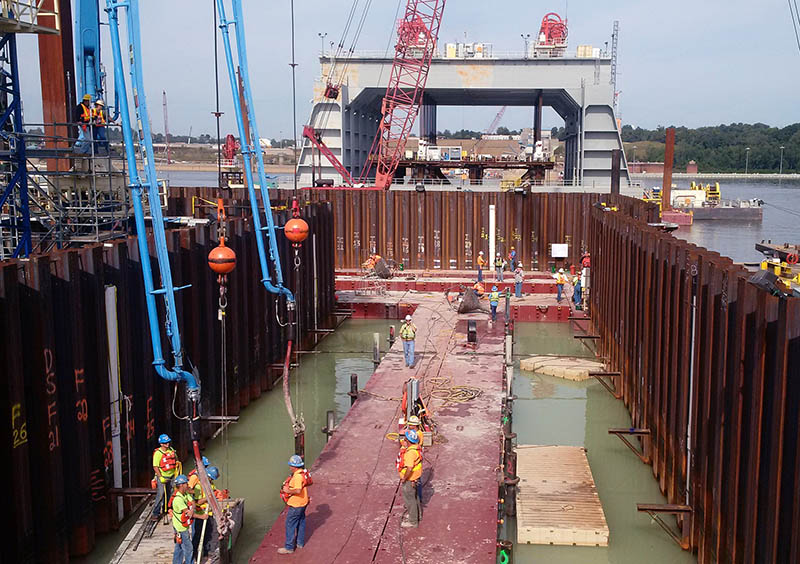Congress has an opportunity to do something positive before the Nov. 3 elections that would be an easy win for both Democrats and Republicans, and a big win for nation’s aging waterway infrastructure.
But from the looks of things — due largely to the election year politics, the buildup of legislation on a short legislative calendar, the demands of the pandemic and now the rush to confirm a new Supreme Court justice — that chance might be pushed off until after the elections.
The Water Resources Development Act of 2020, which lays out the specifics of how the federal government supports the nation’s network of lock and dams and has always enjoyed strong bipartisan support, is floating in the Congress. It passed the House in July and is awaiting a floor vote in the Senate.
Time is running out for final action before lawmakers adjourn for the elections. While WRDA’s advocates say they are hopeful it can pass during the lame-duck session — when Congress reconvenes after the election and before the new Congress and president are inaugurated in January — the delay could be perilous for the bill as it will compete with many others waiting in the queue.
If it doesn’t make the cut, the legislative process will have to start from scratch next year. This could take months as legislative committees are organized, new members get up to speed on the issues, hearings are held anew, and the bill advances though committees in both chambers and then goes for a vote on the floors of the House and Senate.
It could be next spring or summer before there’s a new WRDA bill. This would be shame, since the waterways could take advantage of the reforms contained in this legislation more immediately, and Congress would keep on track to approving two-year reauthorizations of the law as it has for the last three WRDA bills in 2014, 2016 and 2018.
This is why it’s important to wrap up WRDA 2020 in 2020. On the line are several important changes that will keep the momentum going that began several years ago when Congress began increasing funds for inland modernization programs that are overseen by the Army Corps of Engineers. Since then, there’s been a burst of new construction and major rehab activity along the inland system, most notably the much anticipated completion of the Olmsted Locks and Dam along the Ohio River, and the start of work along the Illinois Waterway this summer.
WRDA 2020 would make more money available for priority inland projects and also authorize the deposit of additional funds into the Harbor Maintenance Trust Fund for dredging and port modernization. The House version would adjust the current 50-50 cost share arrangement for new construction and major rehab to 65% from the federal treasury and 35% from the Inland Waterways Trust Fund (IWTF), which is financed by a barge fuel tax. While that would free up more trust fund money for priority projects, the new cost-share arrangement would be phased out at the end of 2027 and return to the 50-50 funding formula. The Senate version is more generous, making the 65-35 ratio permanent. This difference must be negotiated by a committee of lawmakers from both chambers, a step that adds time and makes it less likely for a resolution before Nov 3.
Waterways advocates are already in the lame duck mode and are hopeful for approval later this year. As Deb Calhoun, senior vice president at the Waterways Council Inc., told me: “Even in a lame duck, this could be a bipartisan win for infrastructure.”




